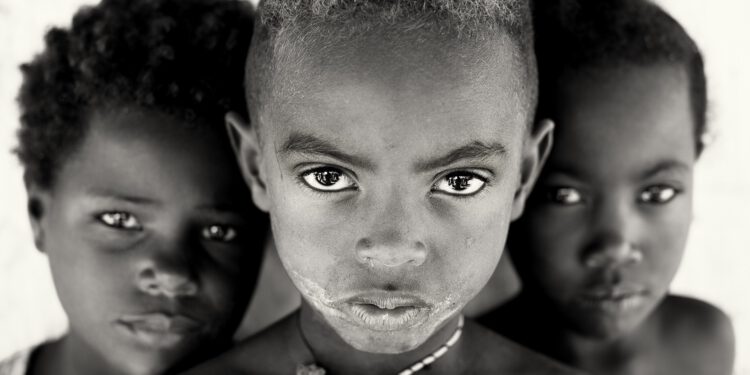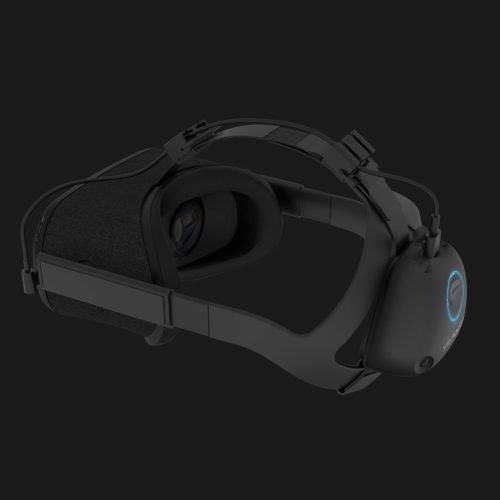A team of American scientists has created an algorithm capable of identifying pixelated faces thanks to deep learning techniques.
Artificial intelligence goes further and further. One of the fields where more is being researched in recent years in machine learning and a branch of this specialty is deep learning, which tries to go further in the treatment of data. It’s these techniques that are behind an algorithm able to identify the people behind a pixelated face. Privacy, as it was conceived so far with regard to images, would be about to take a turn.
And it is still impossible for people to guess who is behind a pixelated face, but machines can already do it. This has been demonstrated by researchers at the University of Texas at Austin and Cornell University in New York. They have not been the first to do so, but his method is so simple and so accessible anyone with some knowledge of programming that places this technology within the reach of many.
The algorithm developed by these scientists achieves outstanding results. While a person has a 0.19% chance of getting it right when faced with pixelated faces, software identifies people more than half the time. And if you let him try five times the level of success stands at more than 80%.
The software not only identifies pixelated faces but you can also dive into the faces that appear blurry and save the P3 encryption, which is said to be a safe method of hiding images.
To test their algorithm, scientists looked at YouTube. The video platform has a tool to transform faces into a blurry blot, so researchers took a public database of faces and blurred them with YouTube software. Next they nurtured their algorithm with both normal and modified image types.
In this way the algorithm learns what are the correlations between intact photographs and those that exhibit blurred patterns. When it was then shown different images of the same people who were in that database, the system was able to identify them with 57% accuracy. After five attempts the accuracy increased to 85%.
The biggest difficulty when it comes to creating a tool that identifies faces behind pixelated faces may be having a database that can be trained. However, there are many publicly available photographs to carry out this task. From there, pattern learning techniques can be applied to compare images and detect changes.
Images: Dietmar Temps and Fumigraphik_photographer









